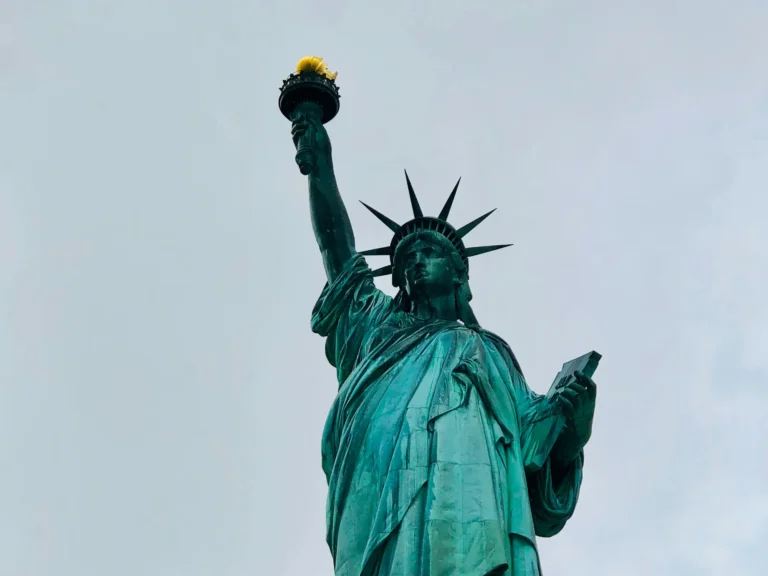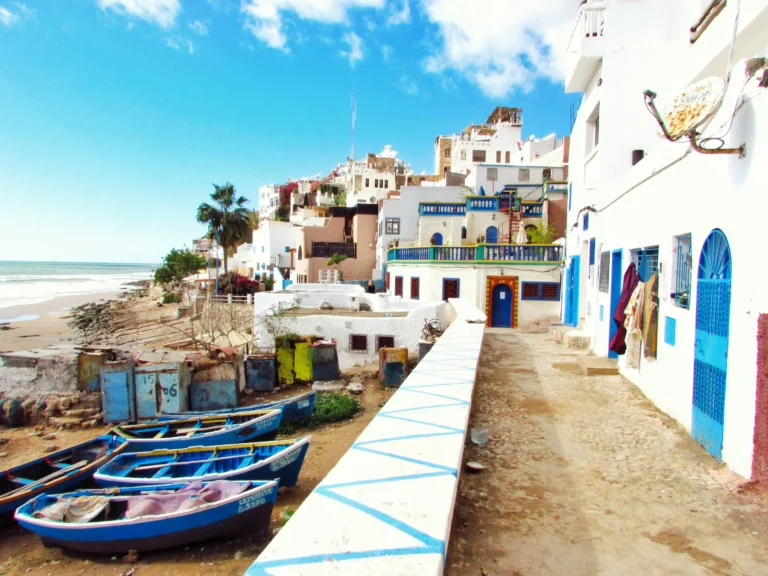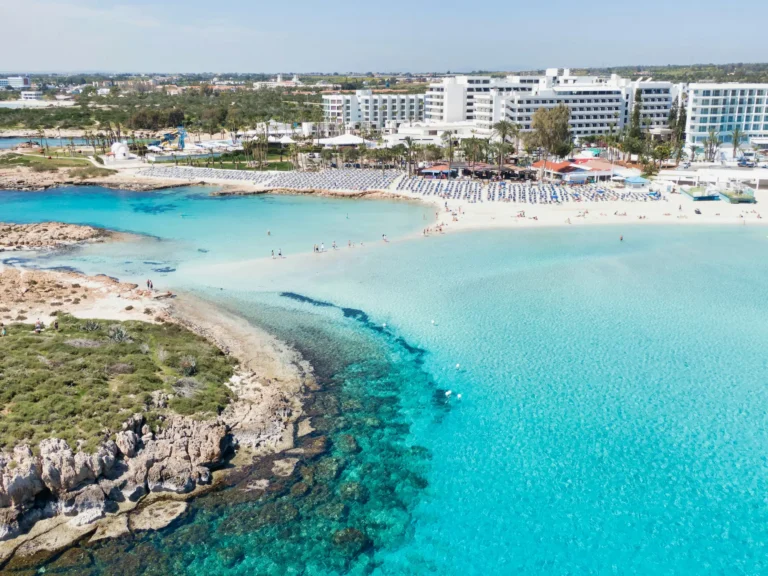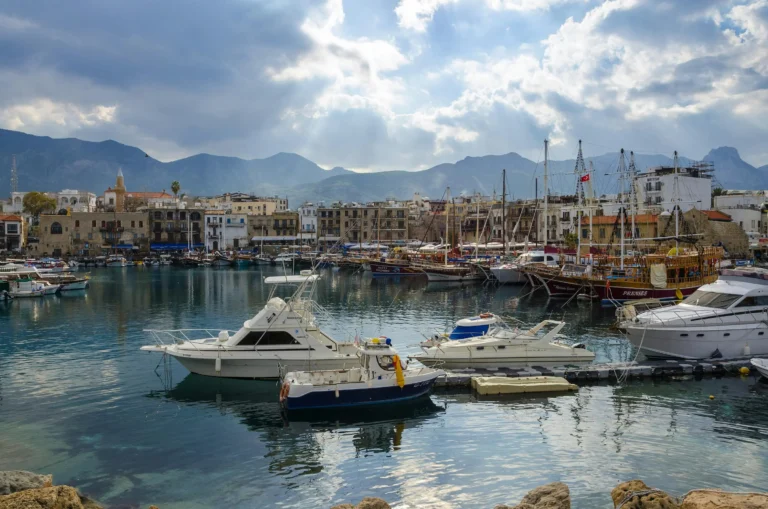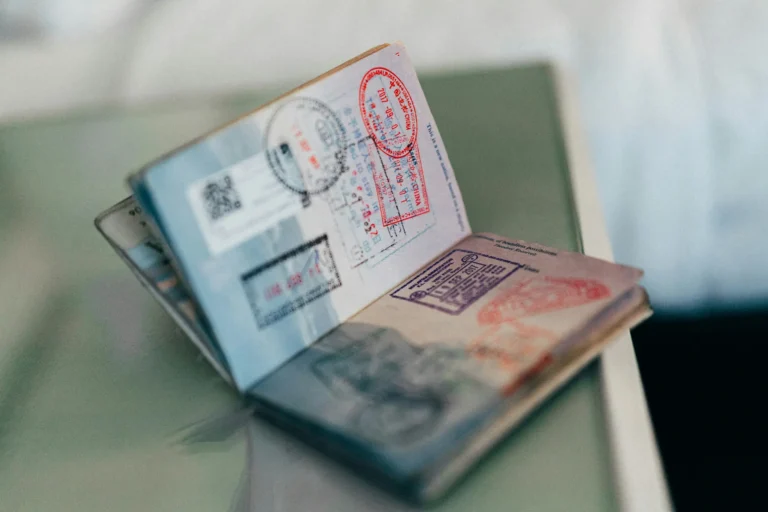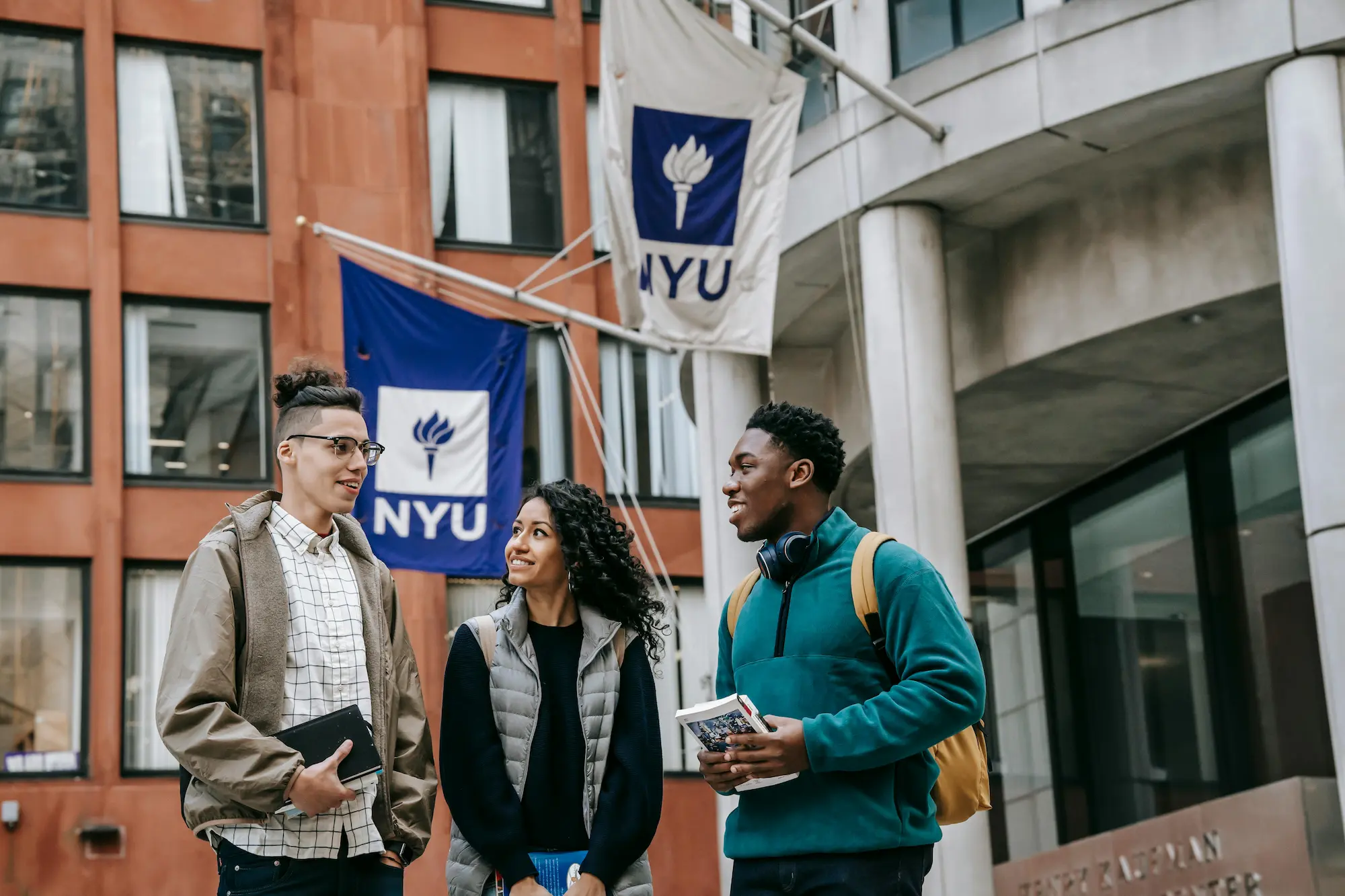
Studying in America is the dream of thousands of young Azerbaijanis. The world's most prestigious universities, developed educational infrastructure, and various opportunities offered to international students make the United States an ideal destination for education. However, the first and most important step on this path is choosing the right student visa.
The US government offers several types of visas for foreign citizens coming for education. The most commonly used of these visas and serving different purposes are the F1, M1, and J1 visas. Each visa type is designed for specific educational directions and program requirements. For example, if you want to study at a university for a bachelor's degree, you should apply for an F1 visa, if you want to study at a vocational school, you should apply for an M1 visa, and if you want to participate in a summer internship program, you should apply for a J1 visa. If you want to get information about general US visas, you can follow the link and read our blog.
In this blog, we will compare all three types of visas in detail, explain their differences, advantages, and in which cases which one should be chosen. If you have already been accepted to a university and want to start your visa application, this article will be useful to you both in terms of time and choosing the right direction.
If you're ready, let's take a closer look at F1, M1, and J1 visas.
What is an F1 Visa?
The F1 visa is a non-immigrant visa for international students who wish to pursue full-time academic study in the United States. If you plan to study at an accredited college, university, high school, or language school in the United States, the F1 visa is the best option for you.
Where can I study with an F1 visa?
The F1 visa is issued to students enrolled in the following educational institutions:
- Universities and colleges (bachelor's, master's and doctoral programs)
- High schools
- Certificate programs
- Accredited language schools that teach English
Students with an F1 visa must study full-time and may be allowed to work on campus for certain hours during class. After completing their studies, they can get a one-year internship in the United States under the OPT (Optional Practical Training) program.
Difference Between F1 and Immigration
The F1 visa is a non-immigrant visa intended for individuals who wish to come to the United States temporarily for the sole purpose of studying. Holders of this visa gain the right to reside in the United States for the duration of their studies, but do not gain the right to permanent residence (get a Green Card), permanent employment, or family reunification.
This means that a student who comes to the United States with an F1 visa must leave the country at the end of their studies and can only continue to stay in the country for legal reasons (such as OPT, H1B work visa, or immigration proceedings).
If your main goal is to stay, work, and live permanently here after studying in the United States, it is important to research the immigration visa categories. For example, opportunities such as EB-2, EB-3 work visas, family reunification visas, or the Green Card lottery fall into this category. For more information, you can read our blog about US immigration visas.
Remember: the F1 visa is based on the “intention to return” principle. This means that during the interview, you will have to prove that you will return to your country after studying in the United States. If the consul feels that you intend to stay permanently, your visa is more likely to be denied.
How to Apply for an F1 Visa?
There are several steps involved in obtaining an F1 visa to study in the United States. Following this process correctly will save you time and improve your chances of getting your visa approved. Below are the basic steps to apply for an F1 visa:
- Get accepted to an SEVP-approved educational institution
First, you must be accepted to a university, college, or language course recognized by the SEVP (Student and Exchange Visitor Program) in the United States. After receiving acceptance, you will be issued a Form I-20. This document is the main document for your visa application. - Make the SEVIS payment
After receiving the Form I-20, you must pay the SEVIS I-901 payment. This payment is the fee for entering the US government's student tracking system and it is not possible to proceed with the visa application without this step. - Fill out the DS-160 form
The official application for an F1 visa is made with the DS-160 form. This form is filled out online and includes personal information, your educational plans, reason for travel, and other details. After filling out the form, you should remove and save the confirmation page. - Make an appointment for a visa interview at the US Embassy
After filling out the DS-160 form, you must schedule an appointment for a visa interview at the US Embassy in Azerbaijan. You should prepare the following documents before your appointment:
- Your passport (valid for at least 6 months)
- DS-160 confirmation page
- SEVIS payment receipt
- Form I-20
- Educational and financial documents (financial sponsorship, scholarship document, bank statements, etc.)
- Personal letter of intent (optional)
- Attend a visa interview
During the visa interview, the consul will ask you why you want to study in the United States, what specialty you have chosen, your educational plans, and your intention to return to Azerbaijan. Your answers should be clear, honest, and purposeful.
For more detailed instructions on how to apply for a visa, you can also use our blog, General Application Procedure for a US Visa. Here, the steps for preparing for a visa for both students and tourists are explained in more detail.
What is an M1 Visa?
The M1 visa is a type of non-immigrant visa designed for international students who wish to participate in non-academic, vocational and technical education programs in the United States. With this visa, students can enroll in specialized courses in aviation, culinary arts, automotive engineering, technical design, software development, and other fields.
What is the M1 Visa and Who is it For?
The M1 visa is a nonimmigrant visa for foreign students who wish to study in the United States in vocational or technical fields, rather than academic ones. This visa is primarily aimed at practical skills-based programs and is intended for those who wish to attend technical or specialized courses, rather than those who wish to pursue a university degree.
Who is Eligible for an M1 Visa?
Those seeking professional skills: Those seeking to study in fields such as automotive repair, electrical engineering, computer technology, culinary arts, and fashion design.
Those seeking to participate in career-oriented specialized courses: Those who can provide employers with practical skills at the end of their education program.
Those interested in practical, not academic, programs: Those who want to learn specific skills rather than a university degree.
The M1 visa is issued for full-time study and can only be used for limited work (for example, on campus) while studying. After graduation, the student is generally not allowed to stay in the United States and work or switch to another visa.
Key Differences Between M1 and F1 Visas
If your goal is to study at a university or college, then the F1 visa is more suitable. However, if you want to gain practical skills, acquire technical knowledge, or learn a specific profession, the M1 visa is the ideal choice for you.
Unlike F1 visa holders, M1 visa holders do not have the right to work or stay in the United States for a long time after their studies. With an M1 visa, you are required to leave the country immediately after completing your studies. If you want to clarify which type of visa is best for you, you can read our blog about US visa types. This article explains and compares each visa type separately.
Examples of Fields of Study with an M1 Visa
- Automotive Technology
- Electronics and Technical Design
- Aviation and Pilot Courses
- Fashion Design
- Graphic Design and Computer Animation
- Cooking and Culinary Arts
- Cosmetology and Beauty Fields
- Computer and Software Courses
M1 Visa Application Process
The M1 visa application process is similar to the F1 visa:
Be admitted to a SEVP-approved technical or vocational school and obtain an I-20 form.
Pay the SEVIS fee and complete the DS-160 form.
Schedule an interview at the U.S. Embassy and attend the interview with the required documents.
Provide financial evidence that you will finance your education (bank statements, sponsorship letter, etc.).
If you have questions about the M1 visa and want to learn about the points to consider when applying, our US visa guide article may be helpful for you.
What is a J1 Visa?
The J1 visa is a type of non-immigrant visa that allows foreign nationals to come to the country for the purpose of education, internship, and cultural exchange as part of exchange programs administered by the U.S. government. Individuals with this visa are usually required to return to their home country after participating in the programs for a specified period of time.
Who is Eligible for a J1 Visa?
The J1 visa is intended for the following individuals:
Students: University students participating in semester or year-long exchange programs in the United States.
Researchers and scholars: Those invited to conduct scientific research or teach.
Interns and trainees: Those participating in temporary internship programs to gain professional experience, especially in a specialized field.
Teachers and educators: Those participating in exchange programs to teach in U.S. schools or educational centers.
Au pairs and summer camp leaders: Those who live with families and provide cultural exchange and childcare.
Doctors undergoing medical residency or internship.
How Long Can You Stay in the US with a J1 Visa?
The duration of a J1 visa can vary from a few months to 5 years, depending on the program you are participating in. However, many J1 programs may require you to return to your home country at the end of the program (a two-year return requirement). This rule may limit your ability to switch to other visas in some cases.
Is it possible to work with a J1 Visa?
J1 visa holders may only work within the scope of the program and with the approval of the sponsoring institution. For example, work opportunities are recognized within the framework of internship programs or teaching activities.
Comparison of F1, M1 and J1 Visas
| Visa Type | Main Purpose | Who Is It For? | Type of Education | Work Permission | Post-Graduation Stay |
|---|---|---|---|---|---|
| F1 Visa | Academic Education | Students who want to study at universities and colleges | Full-time academic programs (bachelor’s, master’s, PhD) | Limited on-campus employment allowed | Possible to switch to another visa type to stay |
| M1 Visa | Vocational Training | Those who want to pursue technical or vocational courses | Vocational and technical programs | Generally not allowed to work | Must leave the country after completing education |
| J1 Visa | Exchange Program | Researchers, teachers, interns, au pairs, and other exchange participants | Education, training, research, cultural exchange | Work allowed if part of the program | In some cases, two-year home residency required |
Visa Support to the USA
Our support service for American visa until May 20, 2025 is only 95 AZN
You can click here to place your order. For more information, you can contact 010/50/55-3000135.


